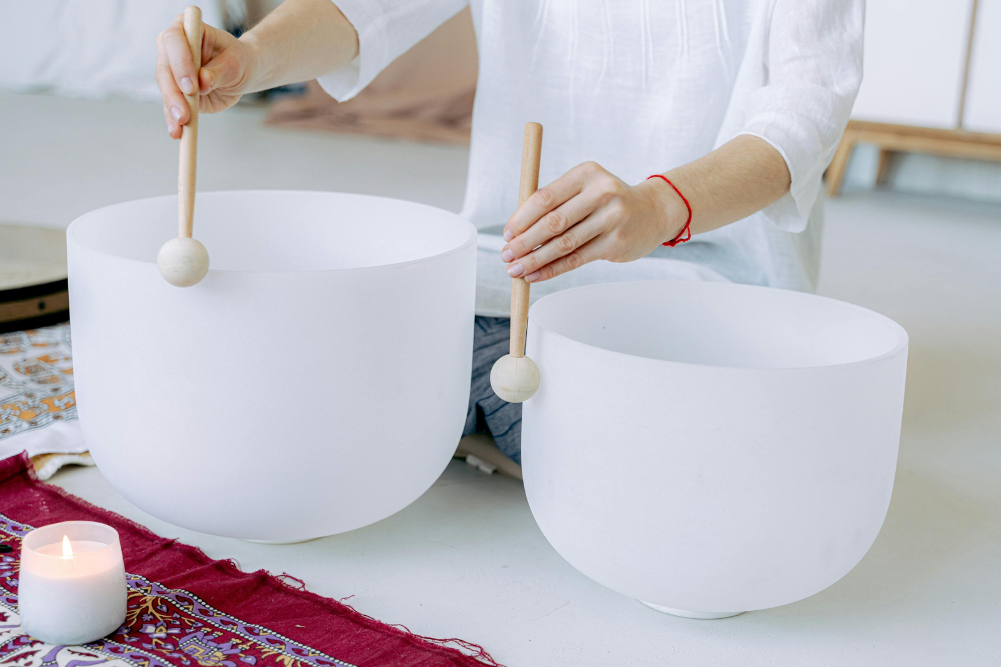10 ways to flourish
For too many people, “success” is defined primarily in material or financial terms and “beauty” in superficial terms. Although this is not totally inappropriate, there’s no doubt that an exclusive focus on “stuff” and dollars to the exclusion of other life domains can be problematic if it leads to imbalance (eg a life of work without health, good-quality relationships or meaning), and an excessive focus on “physical appearance” over inner qualities and attributes can lead to a superficial existence without deeper positive emotion, including satisfaction and contentment.
Life is made up of several domains in which external and superficial variables such as wealth and physical appearance should certainly be considered important, but only as long as they’re seen in context and in perspective. True happiness might include a degree of material and vocational success, and there’s nothing wrong with looking good or wanting to look good, but research strongly suggests that achieving real and meaningful happiness depends on a range of other vitally important factors. It could even be described as finding your inner beauty.
So how can you be really happy and how do you achieve inner beauty? Implement the following 10 practical (but powerful) steps and you’ll find that no matter how good or bad it is at the moment, your life can be even better…
Step 1: Make a decision to be happy and start to believe that real happiness is a definite possibility. Make a decision to recognise that beauty comes in all shapes and sizes (some not entirely visible). Happiness is essentially a choice, but you need to believe it is achievable. It’s also crucial to realise that your happiness is predominantly your responsibility, so if you want to enjoy and get more out of life, you need to take charge.
Step 2: Determine what happiness and inner beauty mean to you. Some people are born with exceptional genes, a physical foundation that contributes to them being seen as attractive by others. At the same time, though, there are other ways to make yourself attractive and “beautiful” to yourself and others, so reflect on (and/or ask someone who knows you well) your inner attributes and qualities and start to consider what you can do to maximise these traits and bring out your best.
Along similar lines, work out what’s important in your life and what you need to do to get more of it into your life. Research suggests happy people tend to know who they are, what they want to achieve and where they’re going; they set goals and they make plans. Remember, if you don’t design your own life plan, chances are you’ll fall into someone else’s. And guess what they may have planned for you? Not much!
Step 3: Think optimistically about achieving the life you want. Henry Ford once said: “If you think you can or you can’t, you’re right.” Optimistic thinking is probably the factor that most determines happiness and, interestingly, optimism is far more visible than we sometimes realise. Those who think optimistic thoughts (ie positive and realistic) smile more and experience more positive emotions; those who experience more positive emotions are more liked by others. Our thoughts influence our actions and reactions, including aspects of our appearance, so optimism undoubtedly contributes to beauty and the good news is, if you’re not naturally optimistic, you can learn to be! So, without losing sight of reality, be positive and stay focused on doing what you want and need for happiness.
Step 4: Don’t go it alone. It might be a cliché, but life is a journey and there’s no doubt that the journey will be far more enjoyable if you’re accompanied by people who are important to you and to whom you are important. In 2002, in one of the most significant research studies published in the positive psychology literature, Ed Diener and Martin Seligman found that, along with optimism, good-quality relationships are significant determinants of happiness and, further, good relationships enhance our experience of positive emotions, which, again, boosts beauty.
You’ve probably heard or read about people who are in love and “glowing”. Well, you can capitalise on this and increase your inner beauty by building and fostering the relationships in your life from which you and others will benefit. Helping others makes us feel good about ourselves. Studies conducted by Professor Stephen Post in the US show that helping others builds a bank of goodwill, an investment that brings good things back to us, from feelings of wellbeing to others giving back to us.
So do what you can to effectively manage problems and overcome difficulties in your life, but don’t forget that none of us has 100 per cent control over everything. Be sensible — you can’t really go wrong if you learn to control what you can control, accept what you can’t control and be wise enough to know the difference.
Step 6: Live a healthy life. Not everyone wants to run marathons or even to go to the gym on a regular basis, and not everyone wants to become vegan or even vegetarian. Now, I have nothing against marathon-running vegans, but we all need to find a healthy and balanced regime that suits us, our lifestyles and our personalities. If you can find this balance, then happiness and success and, ultimately, beauty are more likely to be yours if you eat well, keep active and ensure you get enough sleep and rest.
Step 7: Have fun! Although it might sound obvious, one of the simplest paths to happiness is to engage in more activities you find pleasurable and enjoyable. Try a dance class, do some gardening or join a knitting club. This is also a sure-fire way to beauty (an illustration of this being a story I read a while ago in which Drew Barrymore was responding to a question about what she thought of being voted the world’s most beautiful woman and she responded by stating that her beauty came from having fun and being happy).
So don’t forget to play, laugh and appreciate and be grateful for what you have rather than focus on what you don’t have. Don’t ever forget one of our mottos here at The Happiness Institute: “Life’s too short not to be happy!”
Step 8: Find a sense of spirituality. This can take many forms and is hard to analyse in such a short article, but do what you can to develop and then foster a sense of purpose and meaning in your life. Just last year, in a 2008 volume of the Journal of Personality, a group of researchers, including Michael Steger and Todd Kashdan, confirmed that the search for meaning was associated with wellbeing.
Not everyone chooses to live a traditionally religious life, but we all benefit emotionally from finding some form of spirituality or higher meaning in our lives. This might simply be finding a way to believe there’s more to life than ourselves as individuals and that there’s more to life than a series of daily tasks. It might mean practising meditation, mindfulness, appreciation and gratitude. Or we may need to simply spend time in the elements “wowing” the miracles of nature.
However you choose to conduct your search for spirituality, it will almost certainly lead to feelings of calm and other positive emotions. And from these will come … happiness and beauty.
Step 9: Go with your strengths. Happy (and successful) people are significantly more aware of and better at utilising their core strengths. So, instead of doing what many of us are trained to do, which is work hard on fixing all our faults and weaknesses, adopt a different approach and find out what you’re good at as well as ways to apply these strengths as often and as much as possible.
Focusing on what we’re good at also involves appreciating our own inner Beauty and loving ourselves for what we find and see. This is immensely more effective than comparing ourselves to others, which research suggests only leads to dissatisfaction and unhappiness (read Clive Hamilton’s book, Affluenza).
Step 10: Persevere. Stick at it. Although there are a lucky few to whom happiness comes easily and for whom beauty is something they were born with, for many people it will require some degree of diligence and hard work. Don’t be afraid to work at attaining happiness and don’t forget that beauty can come to those who want it in many different forms. Sure, it might take time to master some of the steps I’ve outlined here, but there’s no reason why you can’t start working your way to happiness and beauty now.
To quote another of our favourite sayings here at The Happiness Institute, “Achieving happiness (and beauty) requires nothing more than practising a few simple disciplines every day.”
A best-selling author of, among other things, The Happiness Handbook and 100 Ways to Happiness, and a highly sought-after speaker and consultant, Dr Timothy Sharp is the founder and Chief Happiness Officer of The Happiness Institute, an organisation that promotes the principles of positive psychology and delivers happiness services and coaching to individuals and organisations.







